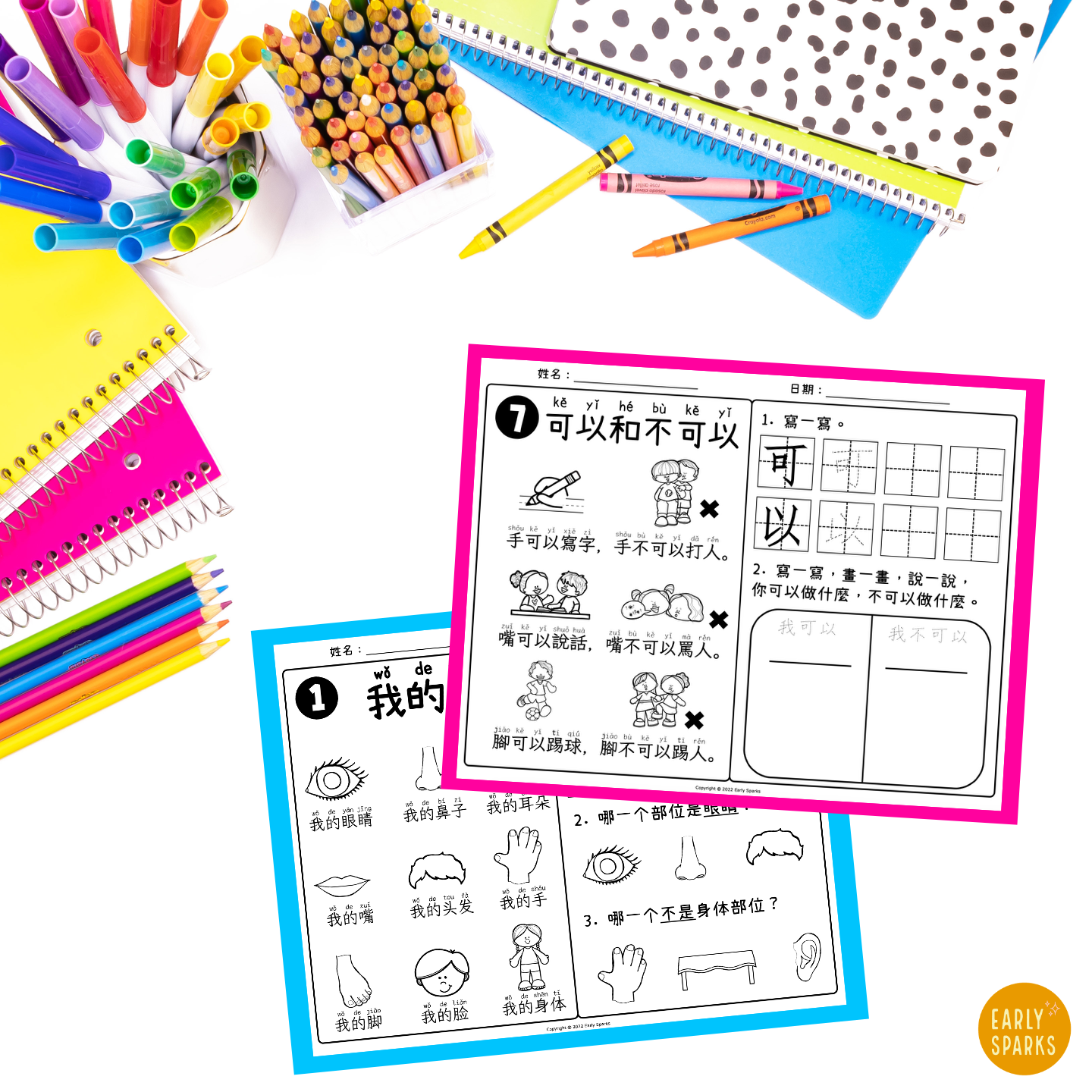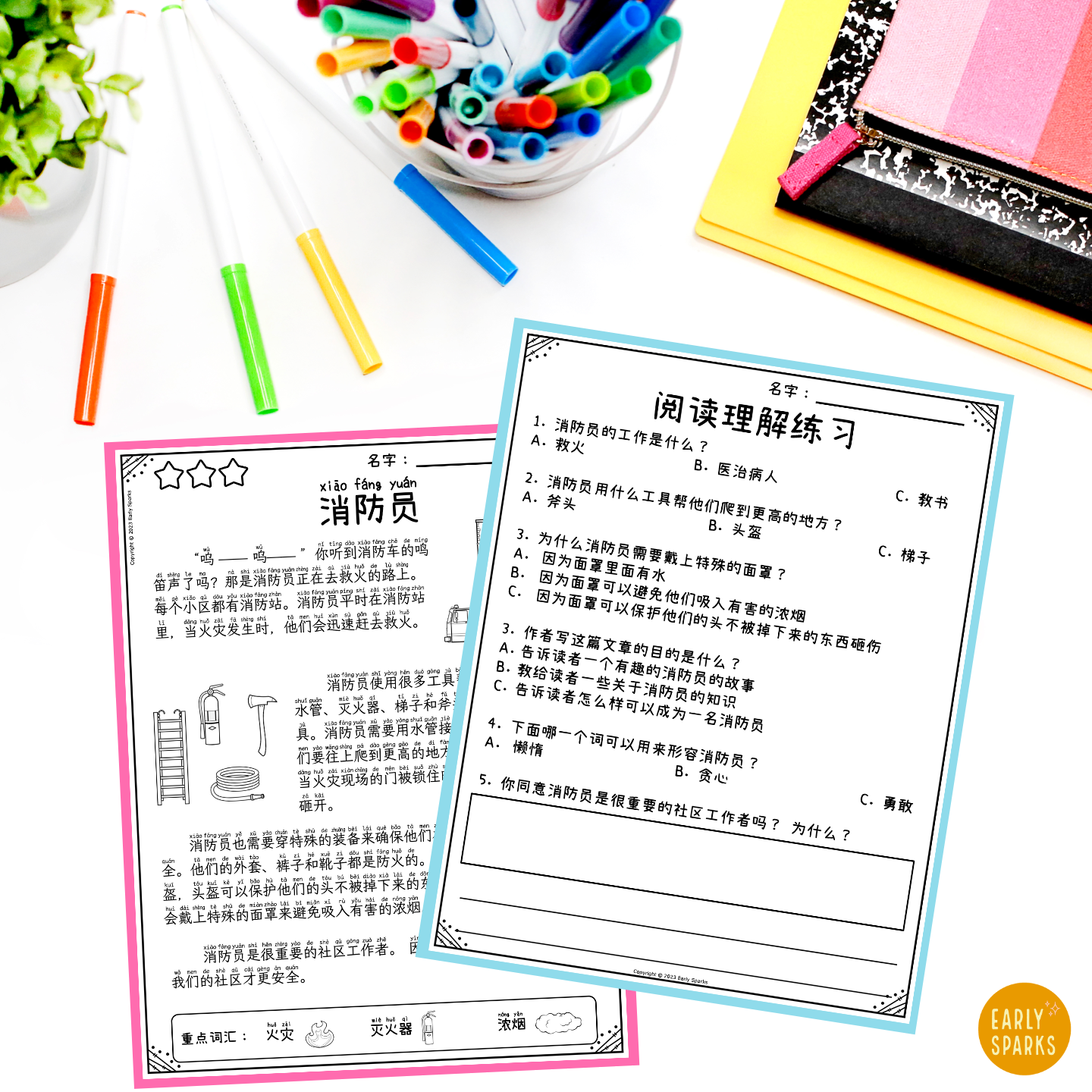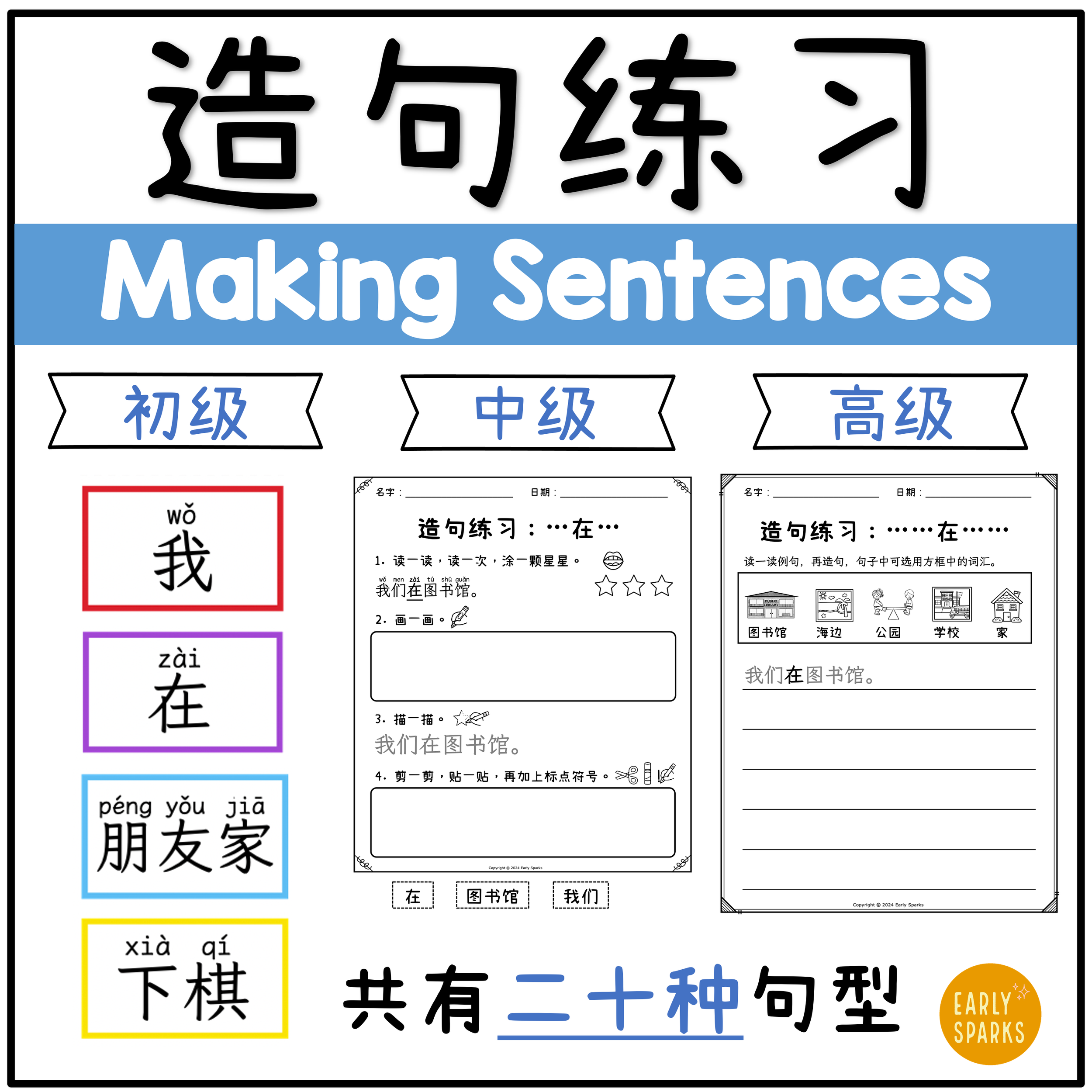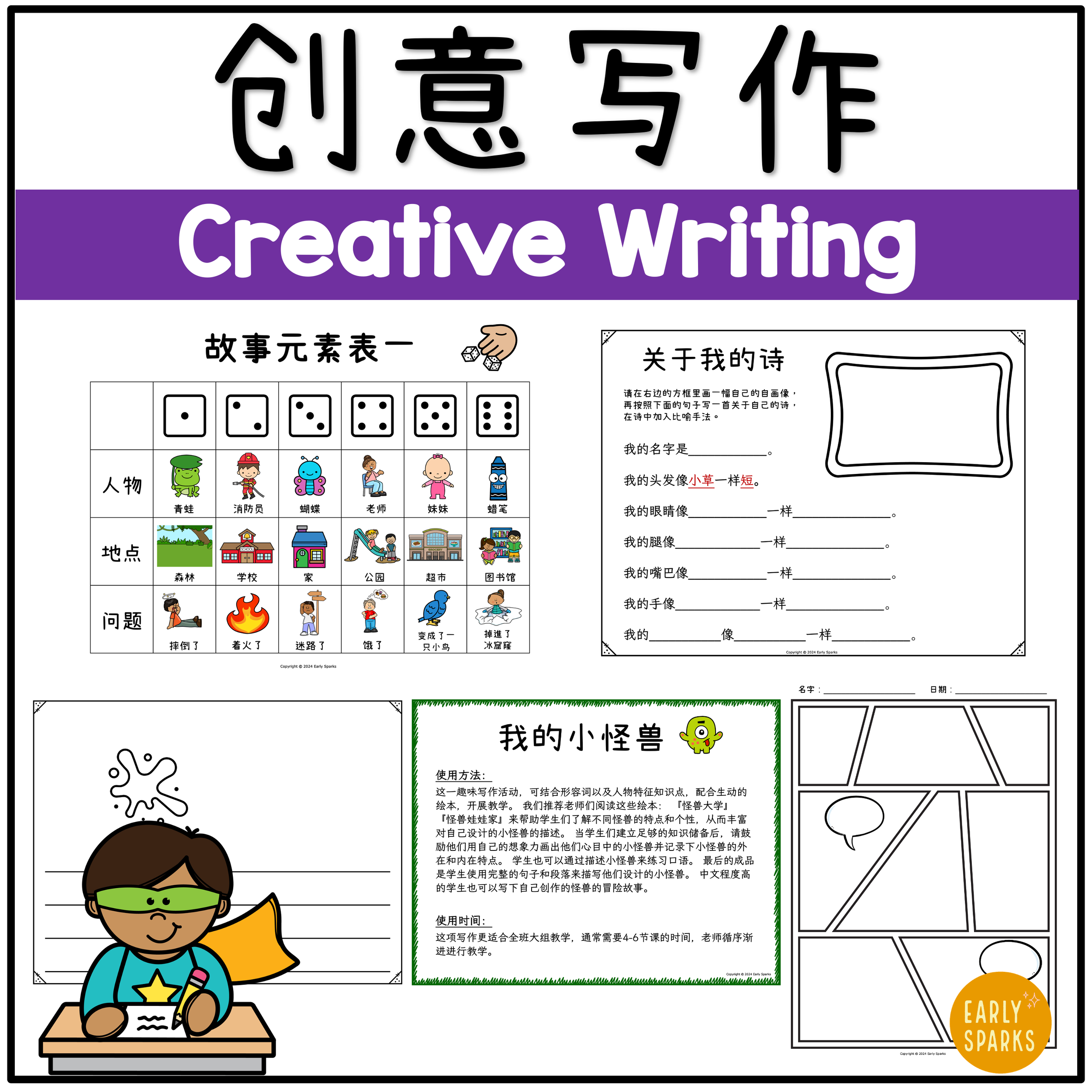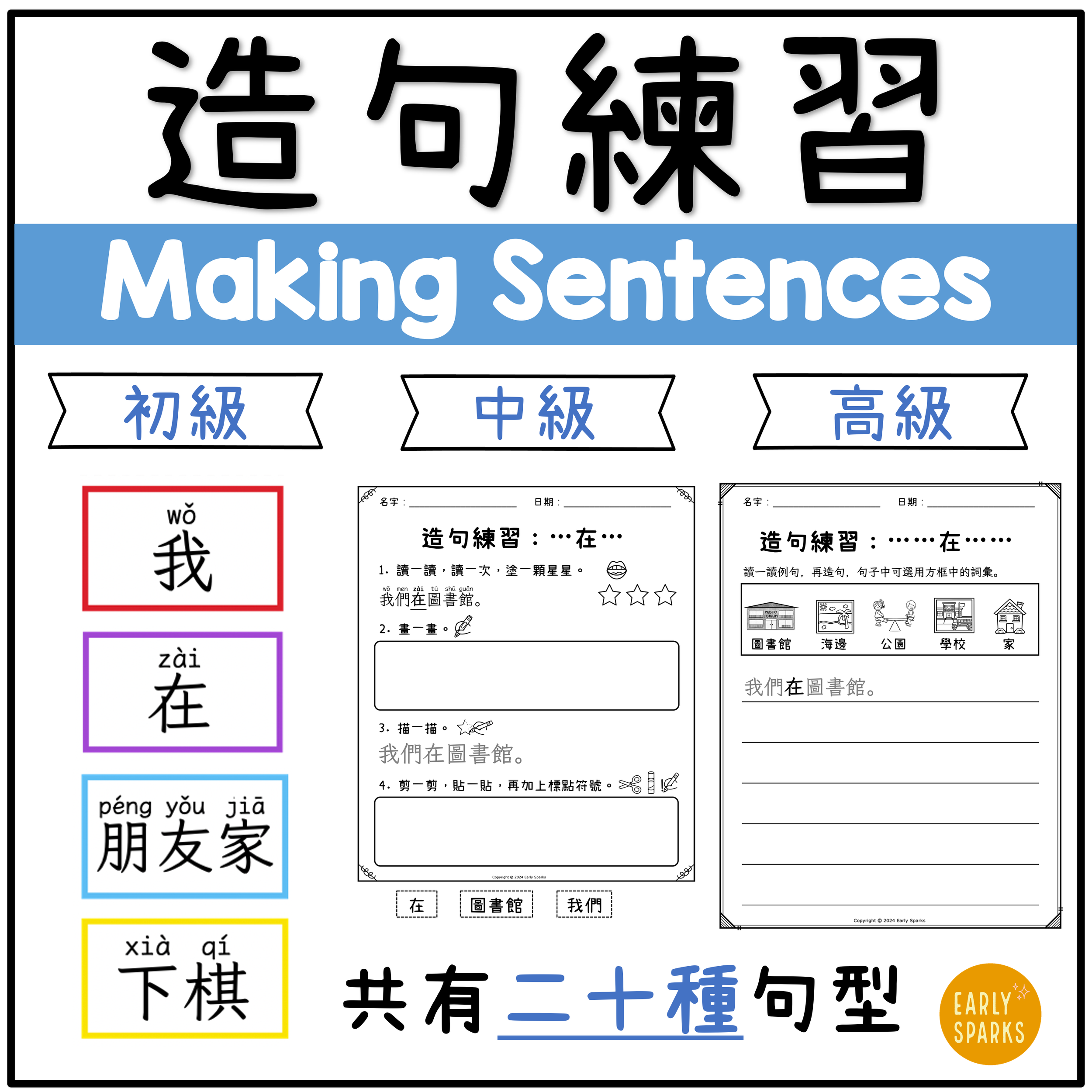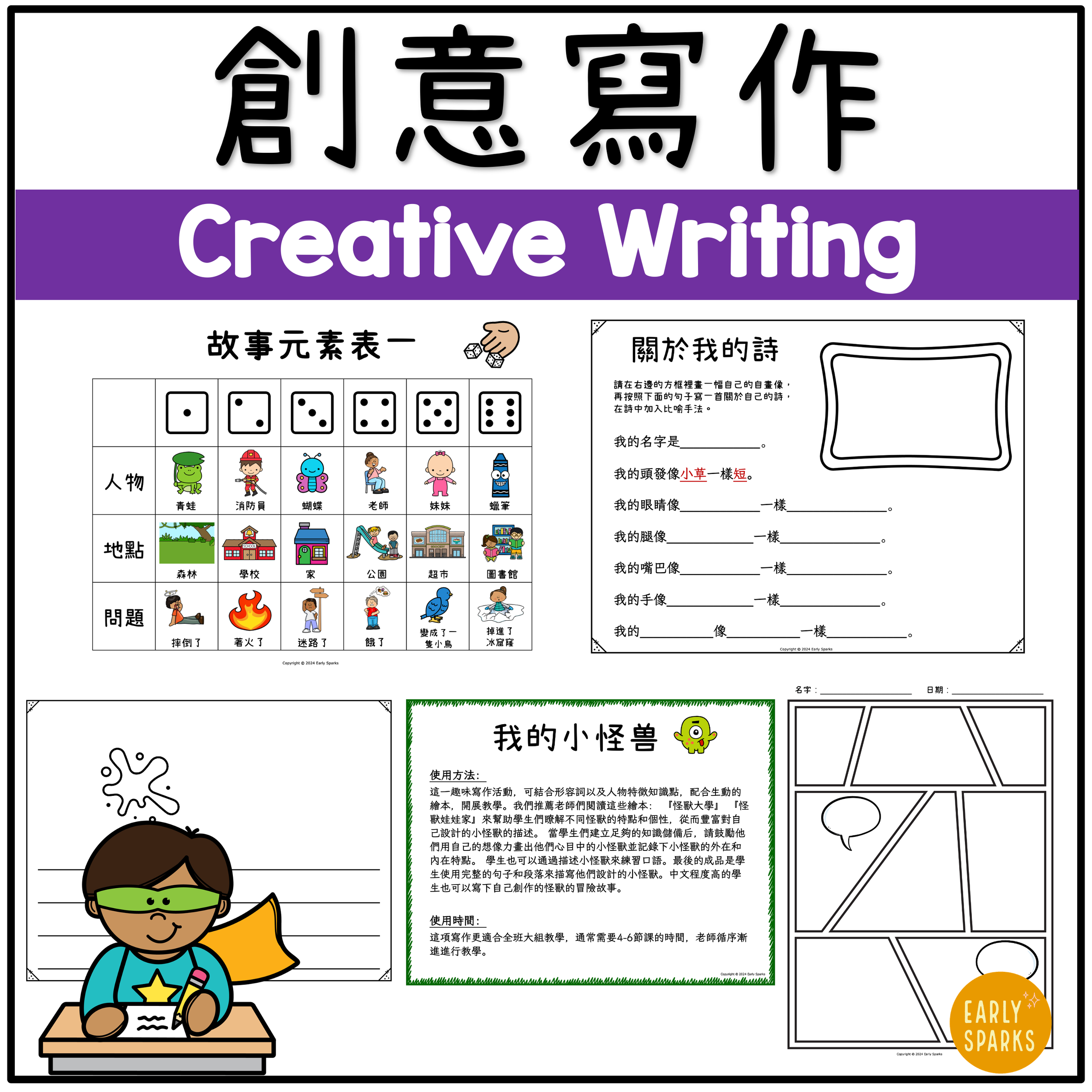How to Set Up Centers in Your Classroom with Fun Chinese Learning Activities for Kids?
Centers (also called learning stations) are small group activities set up around the classroom, each focused on a specific skill or task.
In a Chinese immersion classroom, centers are a great way for kids to interact with the language in meaningful ways while staying engaged. They also help students become more independent learners, since they follow routines and manage tasks with their group. Meanwhile, the teacher can focus on working with a small group of students for targeted instruction.
Here’s a peek into how I plan and manage centers in my Chinese immersion classroom, and a few helpful tips if you're just getting started!
How I Plan My Learning Centers (with Editable Slides!)
Planning is key to making centers successful. I created these planning slides to map out each group and keep everything organized. Each slide includes:
The name of each station and student names
The learning objective and skill focus
Voice levels (so students know the expectations when working in centers)
Having a visual schedule projected on the board helps students know exactly where to go and what to do without needing to ask the teacher constantly.
You can grab the editable template in our TPT Shop to customize for your own class!
Different Chinese Learning Stations
I try to balance language skills across the centers. Some of our regular stations include:
Reading Center: Students go to the library to pick Chinese books they like, read independently, and complete reading response worksheets. Sometimes, I assign a leveled book we’ve read together and have students include that book in their independent reading routines.
Writing Center: Students write simple sentences and/or stories using word banks, puzzles, or creative writing prompts. This includes writing on paper, dry-erase board, or pocket chart to make writing fun for young kids!
Word Work Center: Students practice Chinese characters using LEGO blocks, puzzles, or by writing words in art sand.
Listening Center: Students listen to audio recordings of Chinese books on devices and follow along with the text.
Speaking Station: Students practice speaking Mandarin Chinese in full sentences using task cards, question prompts, or picture describing activities.
Art/Extension Station: This station includes seasonal crafts and thematic activities, such as making Chinese lanterns during Lunar New Year, labeling different parts of apples in the fall, disguising turkeys on Thanksgiving, etc.
Chinese Guided Reading Group
While the rest of the class is busy at their learning stations, I meet with a small guided reading group at my kidney table.
These heterogenous groups are made up of 4–5 students with similar Chinese proficiency levels. Trying to adapt the structure of English guided reading to fit my Chinese immersion classroom, I use this time to provide targeted support by working with students on emergent Chinese texts that are just above their levels. We focus on key vocabulary, character recognition, sentence structures, and reading fluency in Chinese.
I created Chinese Leveled Reading Texts with Comprehension Questions to use with my students during guided reading time. Each passage comes with vocabulary support and simple reading response questions. These texts have really helped my students grow as confident readers in Chinese.
How to Set Up Learning Centers
Setting up centers doesn't have to be fancy, but organization makes all the difference. Here’s what works for me:
Use color-coded bins to store materials for each center - this 10-drawer cart is our favorite!
Label your drawers or bins in Chinese so kids know where to get the materials they need.
Provide clear instructions and learning outcomes for each task to keep students focused.
Place visuals or anchor charts that target the skill inside the center bins to remind students of the task.
How to Rotate Students Through Centers
Rotating students through centers can be flexible—it all depends on your class size, schedule, and learning goals.
You might choose daily rotations, where students move through several centers in one session, or weekly rotations, where they visit one center per day and complete all centers by the end of the week. Weekly rotations work especially well for big projects across days.
Using a visual timer is a great way to help students stay on track and manage their time at each station. To keep things organized, consider assigning jobs within each center. For example, you can have a group leader who’s responsible for passing out and collecting all materials.
Recommended Supplies
You don’t need fancy tools—most of these are classroom staples! Dry-erase pockets make any printable reusable, and board games are always a hit with little prep. For hands-on learning, I love using Play-Doh or LEGO blocks to build characters or form words. Other go-to tools include dice, counters, math cubes, mini whiteboards, clothespins, and flashcards.
Tips for Success
Teach and Practice First: Explicitly model how to use each center before expecting independence. You can practice with the whole class so students know exactly what to do with the materials.
Set Clear Expectations: Establish center rules like voice level and teamwork, and revisit them regularly—especially at the beginning of the year or after breaks.
Rotate with Intention: You don’t need to rotate centers daily. Change them when students are ready for new content or a fresh challenge. Starting with 2–3 centers is a great way to begin.
Flexible Grouping is Okay: Groups don’t have to be fixed. Switch students around based on their needs, strengths, or interests to keep learning dynamic.
Make It Fun: Use games, partner work, and seasonal themes to keep students engaged and excited about center time!







